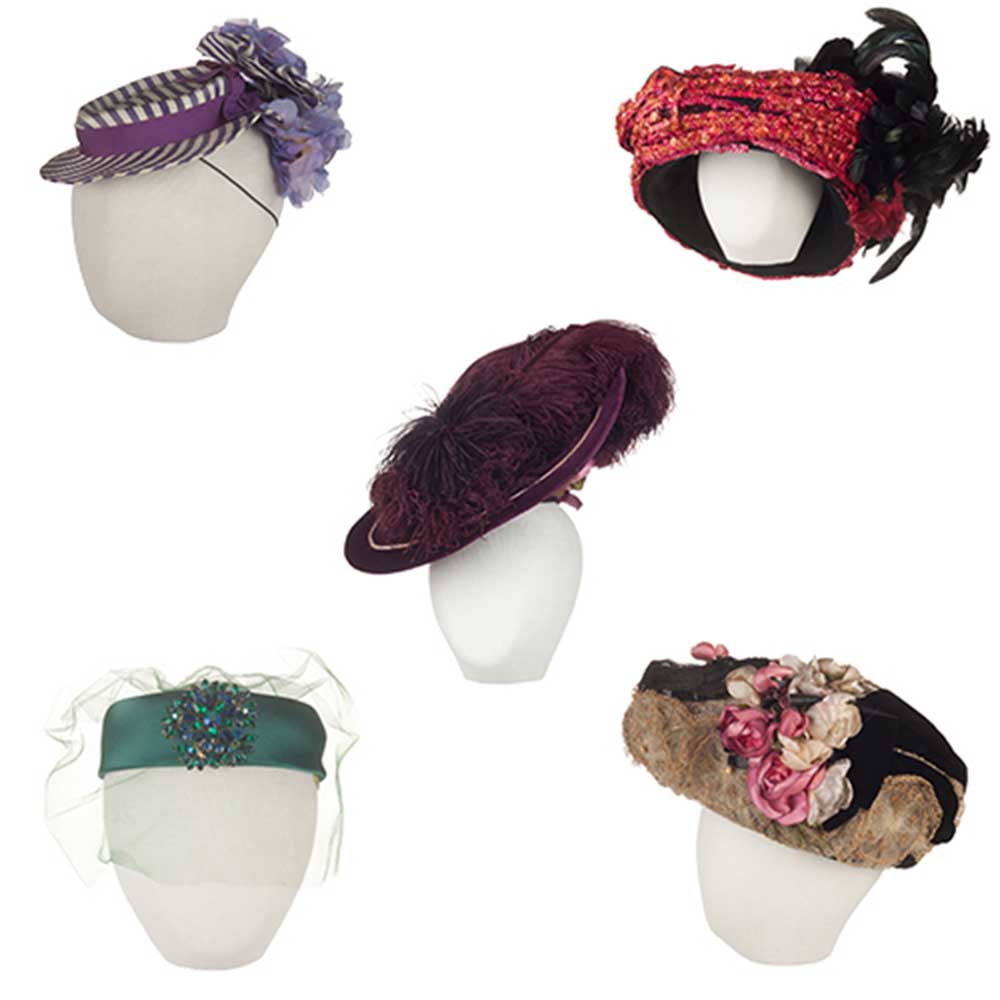Digital archive of hats reflects history
Published 12:00 am Saturday, January 26, 2019

- Some hats from the Minnesota Historical Society’s digital photo archive, ranging in year from 1910 to the 1940s and 1960s. (Minnesota Historical Society/TNS)
Some of the feathers on these hats are subtle — a single plume. Others are gathered in giant puffs. And one hat boasts three stuffed hummingbirds.
A Minnesota Historical Society staffer has digitized 717 women’s hats from the organization’s massive collections, making images of their brims and grand embellishments available to the public. They range from straw hats donned in the 1860s to pink pussy hats women wore during women’s marches in 2017, nodding to historical realities and political moments along the way.
It took Stephanie Olson, a collections associate, more than a year to pose, photograph and post all the hats. Some have popped up in recent exhibitions, she said, but most go unseen, stored in temperature-controlled cabinets. “A very small portion of our collection is ever on display,” she said.
Olson was also inspired by a more personal reason: “I really like hats,” she said.
Olson’s fellow hat lovers can pore over boaters, pillboxes and chic 1960s turbans via the Historical Society’s searchable photo archives at search.mnhs.org.
There’s a black velvet Merry Widow-style hat that spans 22 inches. Felt cloche hats in a rainbow of colors. A pink satin hat covered in delicate ivory beads.
“I think they’re cool and beautiful,” Olson said. “The ones that we have, most of them are in such great condition.”
Before the 1860s, women in the United States wore bonnets. Hats were constructed out of straw, so “most wouldn’t have survived,” Olson said. But the Historical Society has a few, plus others from that era made of velvet.
For decades, head coverings were popular and essential. “Before 1905, you wouldn’t leave the house without a hat,” she said. They were also wide — to shield wearers from the sun. Once cars became covered, hats got smaller so they were easier to wear inside an automobile.
“It’s interesting to see how they evolved,” said Olson, who has worked at the society since 2012.
Perhaps more than any other clothing accessory, headgear “has played an important role in defining cultural values and social status throughout history,” according to the book “Women’s Hats of the 20th Century,” by Maureen Reilly and Mary Beth Detrich. The “glory days” spanned 1935 to 1946, the authors claim, after the Great Depression and before World War II.
It was the era of the tilt hat, angled steeply and often adorned with a pouf of veil.
Olson uses former owners’ notes, the hats’ labels and a host of books and documents to date each headpiece for the digital archive, narrowing most to a decade.
Online and in person, people have become more interested in seeing vintage fashion, Olson noted. “My personal feeling is that TV shows have helped,” including the British historical drama “Downton Abbey,” set in the hat heyday of the 1910s and ’20s. “People see these fantastic clothes and realize, oh, those are real things.”
Next, Olson is digitizing designer fashion. She began by focusing on Minnesota dressmakers — the state boasted several prominent designers from the 1870s to the 1920s — but has since broadened her project to include the collection’s Oscar de la Renta and Diane von Furstenberg pieces.
Hats were easier to photograph, though. Dresses involve fragile materials, full mannequins and underpinnings, including bustles.
“With the hats, I could do several in a day,” Olson said. “With the dresses, sometimes I’m working on a single dress for a week.”






